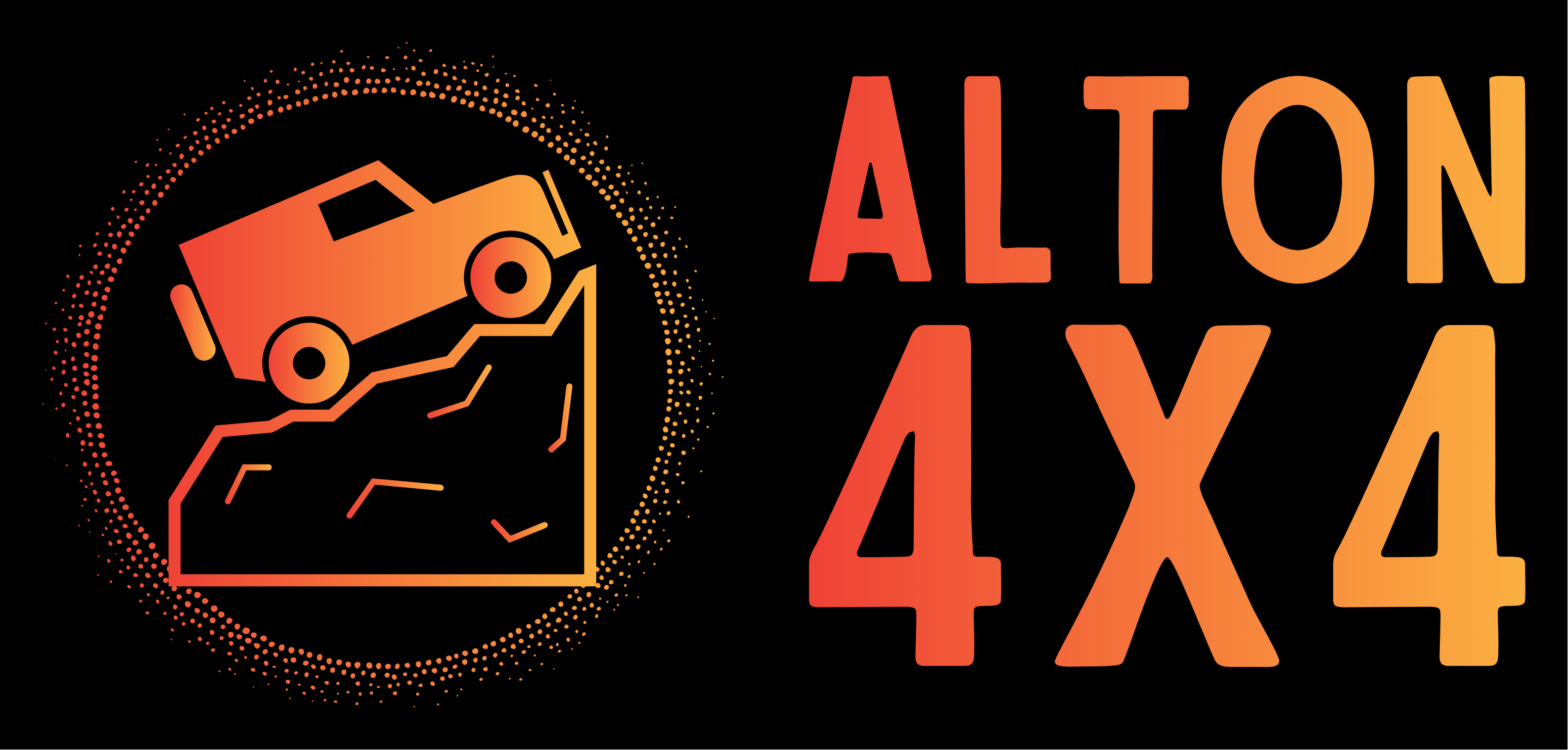At Alton 4×4 some of our clients use their 4×4 for day to day transport, whilst others like to test the full limits of their vehicles off road.
There are many ways to modify your vehicle that will allow you to take your off-roading capabilities to the next level and get the full 4×4 experience.
If you want to take your 4wd out on dirt tracks, plough through river beds, or scale some boulders you had better be prepared. For our adventurous clients, one of the first modifications they request is a winch. Getting stuck in the mud is an inevitable part of off roading, and whilst a shovel might be able to get you out of some sticky situations nothing can beat a winch for speed and strength.
To put it simply a winch will get you out of whatever you get into.
Do I need a winch?
Electric winches have become an indispensable accessory that every 4×4 vehicle owner should have. Not only can a winch be used to pull, haul or drag other 4x4s and objects, but it can also be used to winch the vehicle itself up an impossibly steep incline. If you are going far off the beaten track a winch can prove invaluable to remove fallen trees or boulders from your path.
Getting stuck in the mud, sand, snow or water can put an end an otherwise fun adventure. And whilst many of us enjoy off roading with friends if you do decide to go solo a winch is one the few tools that don’t require additional assistance if you do get stuck. Even if you have people with you, having a winch on board to provide recovery support in an emergency situation will give you peace of mind – making the winch essential piece of kit when you’re overlanding.
What kind of winch do I need?
For this client we used a Terrafirma winch with synthetic rope. A synthetic rope is up to 6 times lighter than steel wire rope and up to 70% stronger. The synthetic material means the rope will not kink or splinter and will float – essential in deep water situations.
How does a winch work?
A winch consists of a drum mounted to your 4×4 on which to coil a rope, cable, or chain for hauling or hoisting. The line is spooled out and latched on to an anchor point and secured with a strap or shackle e.g. a tree or boulder. This provides leverage to pull your vehicle free when your tyres aren’t getting traction. Providing more control than using a tow strap, a winch gradually increases tension rather than jerking which could potentially cause damage to your vehicle.
The more technical the terrain, the more likely you are to need a winch. A winch can help right a vehicle following a rollover – using controlled power to put it back on its wheels.
How to fit a winch
Choosing the right winch and fitting it is a skilled task. If carried out incorrectly not only will your winch not work, you could seriously damage your vehicle. The weight of your vehicle will partly determine what winch to get, the location is also an important factor. You may also need to upgrade your front suspension to accommodate the additional weight and fit a specialist winch bumper. Our team will be happy to discuss your options with you and advise on the most appropriate winch for your 4×4.
Winch installation
In extreme conditions even the best 4x4s have limitations. When a tow truck is not an option, getting a winch is probably the cheapest insurance you can get. Call our experienced team on 01420 259015 to discuss your modification requirements.
This client booked in their Range Rover P 38 for a new winch bumper with lower bash guard and a Terrafirma winch with synthetic rope.

